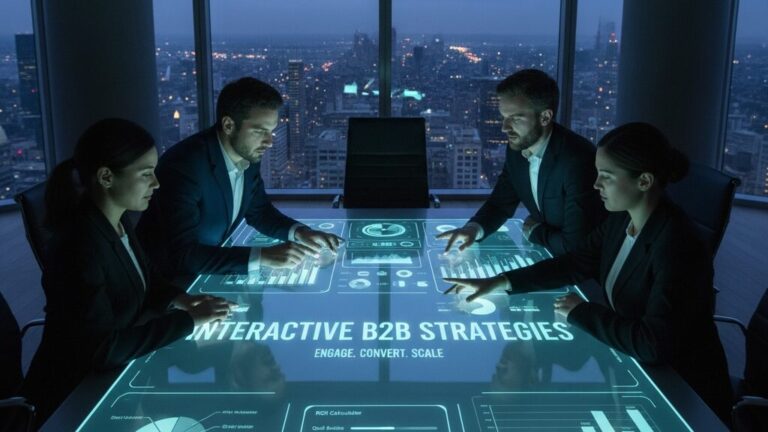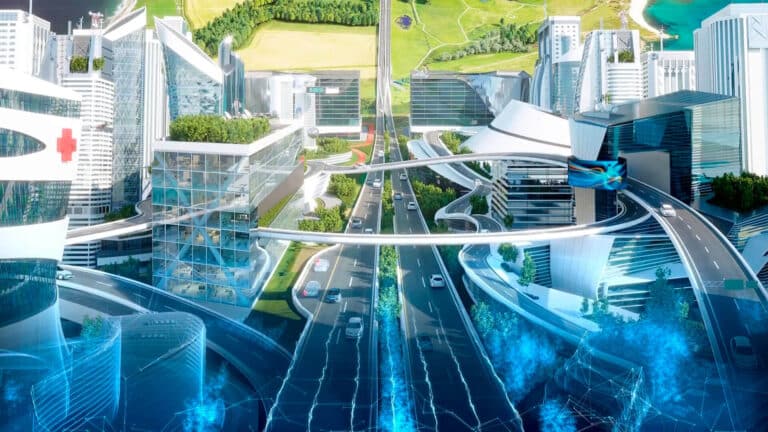It’s not everyday you get the opportunity to strap into the Oculus Rift and be immediately transported to an art gallery, or a forest, or Mars – so naturally when offered I jumped at the chance. The first thing that struck me was just how quickly your brain accepts that you have moved into this hypothetical space and swiftly reorients itself. After starting out a little wobbly I was (virtually) walking into other rooms and picking up objects with relative ease, though to anyone watching from the outside I was probably a little less graceful than I assumed. In one demonstration you watch the floor drop out from underneath you to form a narrow bridge, which you are then asked to walk across and dared to step out into the void. After a short while this becomes so immersive that it’s difficult not to inch your way across the bridge, or hesitate when asked to step out, despite knowing perfectly well that the floor is still there. I cheated a little by gradually shuffling off the edge until my fears caught up with my rational mind and I realised I was safe.
Aside from the obviously entertaining nature of all this, Stereoscape’s Virtual Reality solutions are primarily intended for industrial, training and retail purposes; catering in particular to engineers, architects and designers. Traditional Virtual Reality required you to be sitting whilst the action moved around you (think roller-coaster simulators), however the handheld control, which feels somewhat like a TV remote, frees both users and designers from these static constraints. Which means it is possible for designers to create multiple environments enabling users to decide themselves where to go, thus immediately creating a more memorable experience.
Environments are created through processes like 3D scanning, 360 degree photography and digital designs with CAD files; so there is the potential to process existing material into new training situations, not only through complete immersion like the Oculus Rift but also across platforms by utilising touch-screen and hologram technology, depending on what is required. For example you are able to get right inside complex machinery and strip away the layers of things, like engines, in order to view the movements and regard the separate components of the equipment. Of course this works equally well for design and promotional purposes as well as for training. Apparently, it is through methods like this that many people who have been producing these parts get to see them operating for the first time.
By working partially in a virtual environment there’s a heightened chance of trainees absorbing information more effectively and the opportunity to experience technologies in training that would never be possible in a physical situation. Likewise this training and promotion is possible before even manufacturing the parts. In our increasingly digital world this method of knowledge acquisition is much more in tune with how we learn and interact on a daily basis. It doesn’t rely on out-dated and dry forms that can be a challenge to focus on; even I can go into Virtual Reality and learn which screws to remove from the motor of a helicopter, which is of course fun but also prioritises communication by making knowledge and technology accessible and understandable on multiple levels.
Stereoscape are bringing modern (if not futuristic) solutions to long established companies, and nurturing growth in new ones. Much of this technology is still in its infancy, but the swift innovations that are being made clearly indicate that the future of many industries lies in Virtual Reality, and indeed it’s becoming closer and closer to being a regular and consistent fixture in our own lives. It’s rare for effective educational tools and fun to converge into one point but it seems here this is happening, and who doesn’t want to believe in a little magic?
– Iona Roisin
The author is a British artist living in Helsinki.

